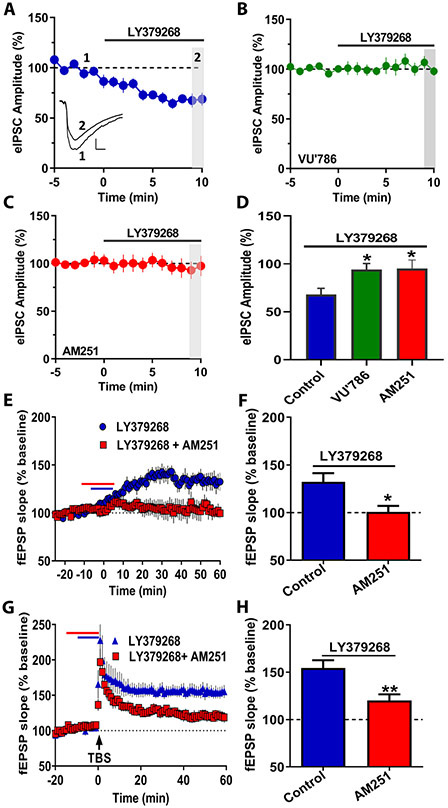Figure 5. mGlu3 receptor activation decreases evoked inhibitory transmission onto hippocampal pyramidal neurons.
(A) Electrically-evoked inhibitory postsynaptic currents (eIPSCs) were recorded from pyramidal cells in CA1. A high concentration of the mGlu2/3 agonist LY379268 (300 nM) reduced the amplitude of eIPSCs (blue circles, n=6 cells). Insets for (A) are representative eIPSCs traces measured during baseline (1) and last 2 min of the recordings from the time course (2). Scale bars represent 200 pA and 50 ms. (B) Co-application of the mGlu3 NAM, VU0650786 (20 μM) blocked the LY379268-induced decrease in eIPSCs (green squares, n=10). (C) The CB1 antagonist AM251 (2 μM) blocked the effects of LY379268 on eIPSC amplitude (red circles, n=6). (D) Summary of the last 2 min of the recordings from the time course experiments in panels A-C (*p<0.05, **p<0.01 compared to control, F(2,19)= 8.042, one-way ANOVA with Tukey’s post-hoc test). (E) In field potential configuration, AM251 (2 μM) blocked LTP (red squares, n=5 slices) induced by high concentration of LY379268 (300 nM) (blue circles, n=5). (F) Summary of averaged fEPSP slope of last 5 minutes of recordings from panel E (*p<0.05, compared to Control, t(8)=2.86, Student’s t-test). (G) AM251 (red squares, n=10) blocked the ability of LY379268 (100 nM) to enhance LTP following TBS (blue circles, n=5). (H) Summary of averaged fEPSPs slope of last 5 minutes of recordings from panel H. (**p<0.01, compared to Control, t(13)=3.617, Student’s t-test). Data are expressed as mean ± SEM.

